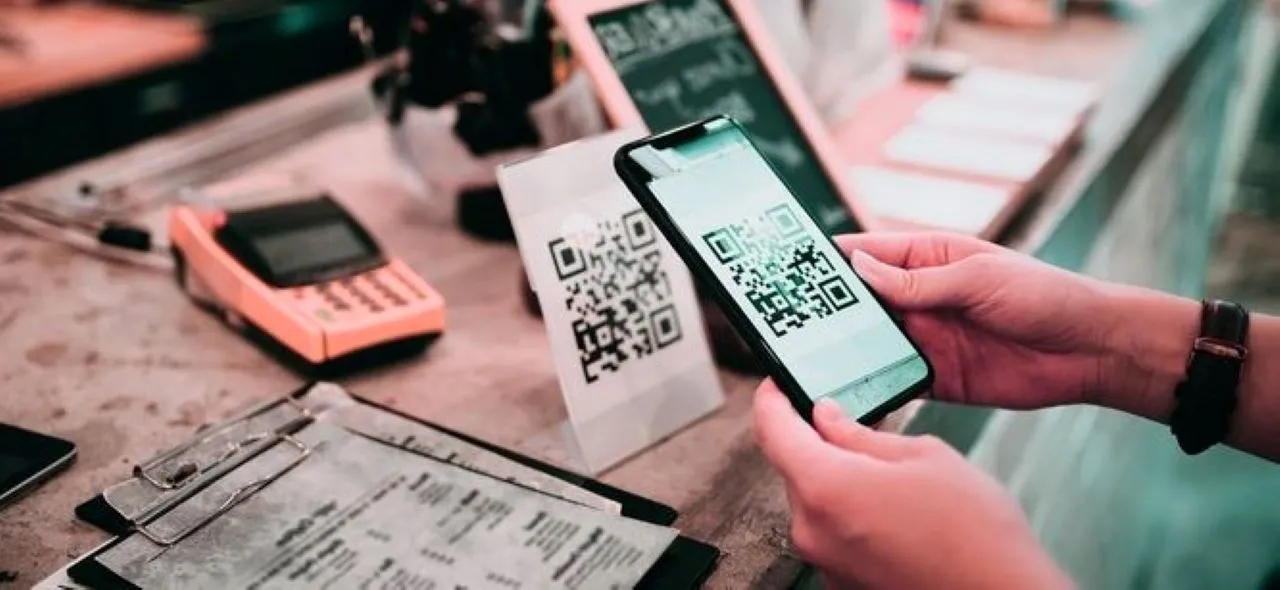
QR Code Scams: Causes and Issues
QR codes have become increasingly popular due tо their convenience, being used for everything from sharing contacts tо making payments. However, with the rise оf QR code usage comes an increase іn scams. QR code fraud іs a growing issue, especially as іt poses a threat tо sensitive personal data, including financial information.
What is Quishing?
One of the most dangerous types of scams is “quishing,” where malicious actors use QR codes to carry out phishing attacks. They send fake QR codes via mail, tricking users into entering their data on fraudulent websites. Once the fake QR code is scanned, victims can lose access to their passwords and other crucial information.
How SDMQR Technology Could Change the Situation
One proposed solution to combat QR code scams is the implementation of Self-Authenticating Dual-Modulated QR codes (SDMQR). This technology reduces the risk of fraud by verifying the authenticity of the QR code on the user’s device before they are redirected to a potentially fake website.
Advantages of SDMQR
SDMQR codes have several key advantages that make them safer:
- Self-Authentication: Each QR code already contains a verified digital signature from the organization behind it. The signature is checked each time the code is scanned.
- Offline Verification: The verification process happens directly on the user’s device, without the need for an internet connection.
- Compatibility: No additional apps or software updates are required to use SDMQR codes.
- Instant Verification: The technology ensures there is no delay or performance issues.
- Customization: SDMQR codes can be tailored to meet brand needs without compromising security.
How SDMQR Works
SDMQR codes are visually distinct, using elliptical shapes instead of traditional pixel-based designs. When scanned, the device checks the validity of the QR code by verifying a cryptographic signature. This verification is done using public keys owned by the business that created the code, ensuring the security of the information.
Technical Workflow
The verification process involves two stages: the transmission of the primary message (such as the business’s URL) and the corresponding cryptographic signature of that message. The decoder on the user’s device performs an algorithmic check to ensure the data in the QR code matches the verified business information.
The Role of Google and Apple
For widespread adoption of SDMQR technology, it is crucial that smartphone operating systems like iOS and Android become central signatories. This would simplify the verification process by allowing devices to use just two public keys for authentication. Importantly, users would be able to verify QR codes without an internet connection, enhancing convenience.
Why This Matters
The SDMQR system solves several key issues with QR code security without requiring major changes to existing systems. Unlike other proposals, this technology doesn’t require updates to QR scanning apps, making it more accessible for users. Additionally, SDMQR can be used not only for QR codes but also for barcodes, providing additional applications in areas like air travel and package deliveries.
Benefits for Financial Institutions
The biggest beneficiaries of SDMQR codes will likely be financial institutions, as they can help protect users from scams in areas like parking payments and public Wi-Fi networks, where QR codes are often used.
Conclusion
For SDMQR technology to be widely adopted, companies like Google and Apple need to step in. By supporting the new framework, they can help create a safer QR code ecosystem, protecting users across the world and reducing the risk of scams.

Leave a Reply